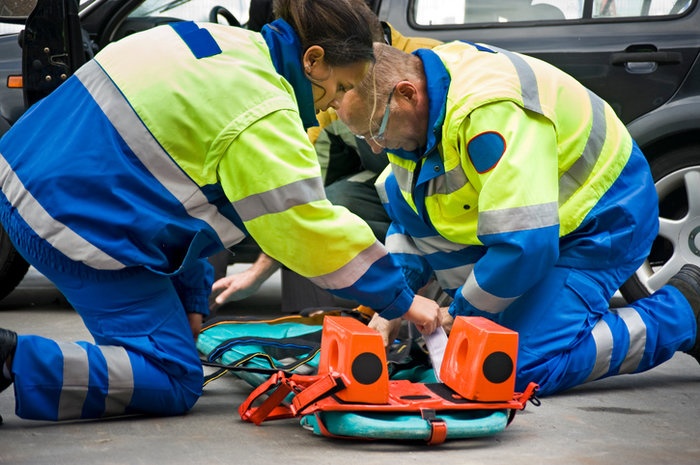
Effective oral and nasal suctioning is a proven lifesaving treatment. When faced with an obstructed airway, due to blood, vomit, or secretions, there is no substitute for suctioning.
We’re all familiar with the proper steps in suctioning, but perhaps it’s been awhile since you’ve performed this vital skill. So, in an effort to enhance patient safety, let’s review some medical suction requirements so that we reduce some of its potential complications.
Preparing to Suction
Here are a few simple steps to take before you begin suctioning your patient’s airway:
- Check your equipment to ensure it’s in working order.
- Choose the appropriate suction adjunct: Tip size can truly make a difference.
- Prepare and assemble your equipment.
- Maintain universal precautions, using eye protection when warranted.
- Use sterile technique when suctioning the trachea.
- Preoxygenate your patient with 100 percent oxygen.
Keys to Effective Suctioning
Now that you’re prepared to suction, here are some critical reminders:
- Suction no longer than five to 10 seconds to prevent hypoxia.
- Ventilate in between suctioning events.
- Be aware of dental hardware that may be dislodged during suctioning.
- Use care when suctioning geriatric and pediatric
- Use proper pressure to avoid injuring delicate oral/nasal tissues (especially in peds).
After Suctioning…
Now that you’ve effectively suctioned your patient, clearing his or her airway of all debris, there are a few steps you can take to maintain his or her positive outcome:
- Continuously observe your patient’s response to suctioning.
- Monitor vital signs.
- Assess the airway and lungs for effective air exchange.
- Clean your portable suction unit thoroughly and replace ALL disposable parts.
- Recharge/replace used batteries.
Complications from Suctioning
Following proper procedures for suctioning can certainly reduce complications, but they still may occur. Here is a list of potential complications to be aware of:
- Be sure to preoxygenate and limit suction time.
- Cardiac arrhythmias. Always have the patient attached to the monitor when suctioning.
- Mechanical trauma. Suction with care and with the appropriate size catheter.
- Keep your suction unit clean and disinfect after each use.
Suctioning is a critical step in maintaining your patient’s airway patency, but complications can arise. By following proper procedures and using good technique, you can minimize the complications and improve patient safety while administering this vital, lifesaving treatment.















